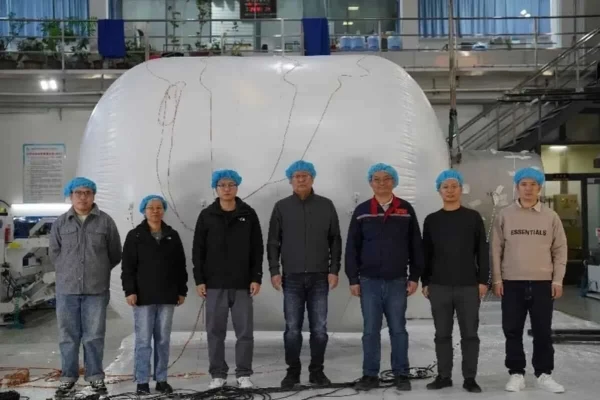
The raw material for it is much more abundant and accessible than uranium and has enormous energy potential.
In China, a reactor for large vessels powered by molten salt thorium has been developed. This fuel is considered safer compared to uranium and does not require water for cooling the reactor, writes the South China Morning Post (SCMP).
According to the publication, the new reactor may be installed on the designed container ship, which is set to become the largest in the world. The vessel will be able to carry 14,000 shipping containers. It is planned to be equipped with an additional diesel generator, but the main reactor will be a thorium molten salt reactor capable of reaching a thermal power of 200 MW. SCMP notes that this corresponds to the power of the S6W nuclear reactor used in American Seawolf-class submarines.
If the new technology is successfully tested and implemented, it could radically change the situation in commercial shipping, SCMP emphasizes.
Why Thorium
Thorium is much more abundant and accessible than uranium and has enormous energy potential. Estimates suggest that the reserves in one of the tailings of a mine in Inner Mongolia are sufficient to power all of China for more than 1,000 years.
The operation of the Thorium Molten Salt Reactor (TMSR) is based on a precisely calibrated chain of transformations. Natural thorium-232 is converted into uranium-233—a fissile isotope capable of sustaining chain nuclear reactions. Thorium-232 absorbs a neutron, transforming into thorium-233, which decays into protactinium-233, and its decay produces the actual fuel. The entire process occurs within the reactor's active zone. The chain reaction is initiated by neutrons from a small initial charge of fissile material, such as enriched uranium-235 or plutonium-239.
"Since the first achievement of criticality on October 11, 2023, the thorium molten salt reactor has been continuously generating heat through nuclear fission," explained Li Qingnuan, deputy director of the Shanghai Institute of Applied Physics at the Chinese Academy of Sciences.
Safety Above All
According to her, when the reactor requires fuel addition, conventional water-water reactors must be stopped to open the upper lid of the high-pressure vessel for replacing fuel assemblies. In the TMSR, nuclear fuel is uniformly dissolved in the heat transfer medium—molten salt—and circulates with it, allowing the reactor to be "refueled" without stopping.
"This design not only increases the fuel utilization factor but also significantly reduces the volume of radioactive waste—this is another advantage of the TMSR," emphasized Li.
Safety is the foundation of the nuclear industry. As a typical representative of fourth-generation reactors, the TMSR features advantages such as inherent safety, waterless cooling, operation at atmospheric pressure, and high-temperature output, and is recognized by the international community as the most suitable way to utilize thorium in nuclear energy.














Leave a comment